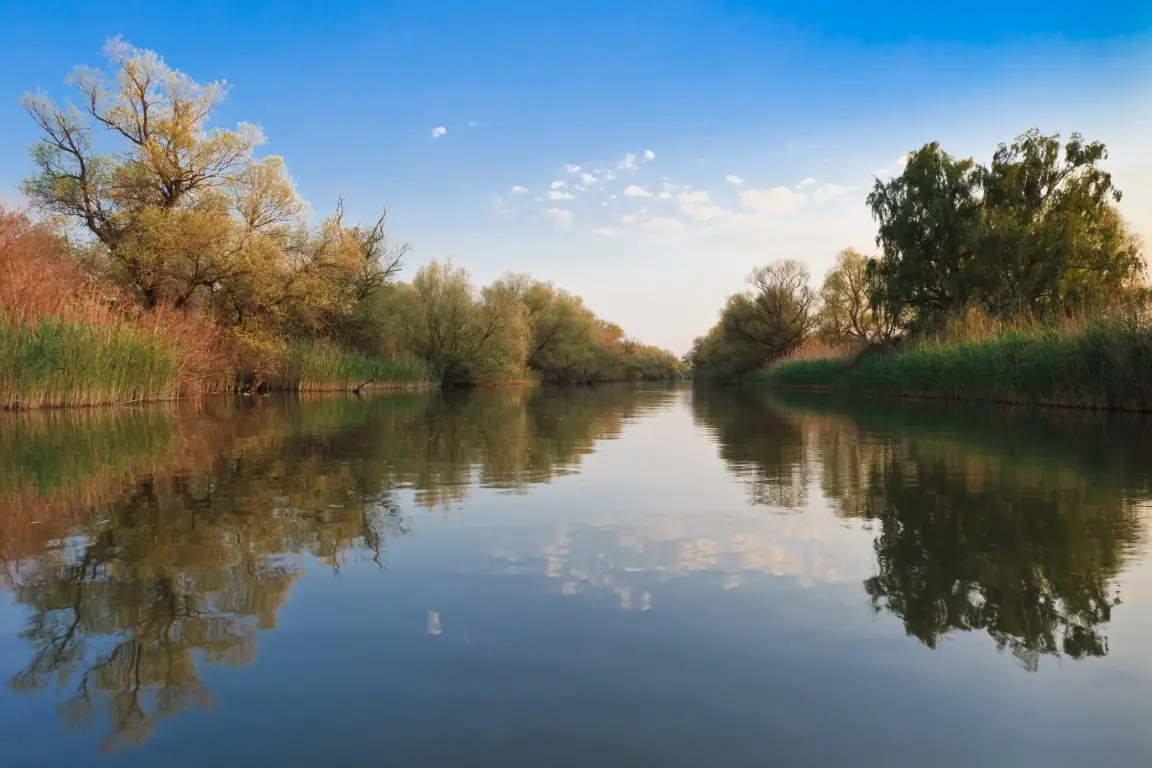
White Pigeon Township
A Historic Community at the Indiana Border
White Pigeon Township is located in the southern region of St. Joseph County, bordering the Indiana State Line, covering about 27.5 square miles, with a population of about 3,847. The Township shares borders with five surrounding townships, including Mottville Township to the west, Constantine Township to the north, Sherman Township to the northeast, and Sturgis Township to the east. The Village of White Pigeon lies in the northwestern region of the Township, encompassing approximately one and one-half sections in the Township.
Lakes and Waterways
Over 1,400 Acres of Waterways and Wildlife
White Pigeon Township is in the St. Joseph River Watershed and has over 1,400 acres of lakes, rivers and streams within its boundaries. The largest body of water is Klinger Lake, located in the northeastern part of the Township. Other lakes include Aldrich Lake in the southeast corner of the Township, Marl Lakes in Section 17, Lake Wahbememe in Section 7 and 8, and Fish Lake which borders with Indiana. In addition two rivers cross the Township, the White Pigeon River enters the Township from the south and flows northwest, exiting the Township just south of the Village. The Fawn River also enters from the south and flows northwest. Both of these rivers are tributaries of the St. Joseph River. A small stream, Sherman Creek, flows out of the north side of Klinger Lake and empties into the Fawn River.


Roots That Run Deep
Honoring Our Heritage
The Township Hall is located on the south side of what was known as the Sauk Trail just east of the Village of White Pigeon. The township was first settled in 1827. In April of 1930, the first county election was held in White Pigeon and Sherman Townships.
Legend of Chief Wahbememe
“A Pigeon Creek”
However, whether fact or fiction, much as been written about the Legend of Wahbememe:
Wahbememe and his band lived on the banks of the White Pigeon River, now known to us as White Pigeon Creek. This camping place was a permanent one, known along the Fort Dearborn-Detroit trail to both Indians and whites, even before the building of Fort Dearborn, and as a white settlement it was known among the first immigrants as a resting place on the route on father west.
Here Wahbememe, tall, athletic, brave, chivalrous, known throughout the tribe as swift as the deer, a splendid type of American Indian, lived until he was thirty years old.
With the reserve of the people, he watched from afar the first white settlers felling his trees, building their first log houses, tilling the prairie soil, shooting his game, catching the fish from the stream; but from the first he seemed to have taken a sympathetic interest I the little settlement, to have watched over it and cared for it in ways that came to him.
Then on day this young chief took the trail to meet at some Indian wallo-pee in the neighborhood of Detroit, so the story runs, and there he learned that his fellow chiefs did not look with complacency of the immigration of the whites; there he heard at the council fires, warriors who used all of their persuasive oratory to keep alive the hatred between the Indians and the whites; there he learned that his own village, the settlement on the banks of his own little creek, was to be the object of a surprise and massacre. Quietly he stole away from the council fires, and turning his face westward toward the wigwams of his own people and the cabins of his white friends.
He flew to the rescue of the handful of homes that he has learned to love.
It was a long, long trail, up hill and down, that he had chosen to follow, with rivers to swim and marshes to clamber through, not reckoning how much suspicion and how little gratitude of his white brothers waited him at this journeys end.
He knew that his own tribe would ostracize him, and he did not dare to wonder if the white men would thank him, but with a vision finer than that of either, he raced toward his goal.
He reached the settlement, he warned its men and women, he died.
And the little mound under the shade of the old oak tree was all that there was left for many and many a year to tell the bravest story that our country has left to tell. ¹
¹ Wahbememe – Chief Pigeon – The Bravest of Them All, Sturgis Journal October 3, 1959, From: “Wahbememe – Chief White Pigeon”, Reprinted from the True Tales of the Pioneer, By Alle Mac
